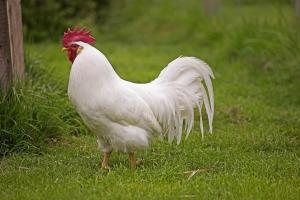Black Widow Spider Eggs: Identification and Removal Tips
For some people, the sight of a spider egg sac is incredibly unsettling. They may be tempted to immediately destroy or remove it from the home, assuming that the progeny that emerge will be dangerous. In many cases, however, this is not true. Many species of spiders are beneficial to have in the home and help control pest insect populations. The presence of their eggs in the home simply assures that these friendly arachnids will lend you a hand for another generation. In the case of black widow spider eggs, however, concern may be warranted.
Though they will not bite unless harassed, accidental contact with a female black widow spider can be quite dangerous, especially to small children and the elderly. Additionally, young black widow eggs and spiderlings carry a toxin that can be quite harmful if ingested by children or pets. In this article, we’ll talk about where you might find black widow spider eggs — and their mother spider. We’ll also talk about how to identify the egg sac as belonging to a black widow, and how to safely and carefully remove it from the home.
Where You Might Find Black Widow Spiders
Unless you like crawling around in the seldom-used spaces of your home, the likelihood of encountering a black widow spider in your day-to-day life is fairly low. These reclusive animals live in the comfort of dark, quiet, and still places, which means they often reside out of reach. Generally, they prefer to live in crawlspaces, attics, and within framing cavities. However, they may also set up shop in more accessible places like the backs of closets, in sheds or garages, storage furniture, or near water heaters and HVAC equipment. In these places, accidental contact is much more likely.
6,469 People Couldn't Ace This Quiz Think You Can?Take Our A-Z-Animals Spiders Quiz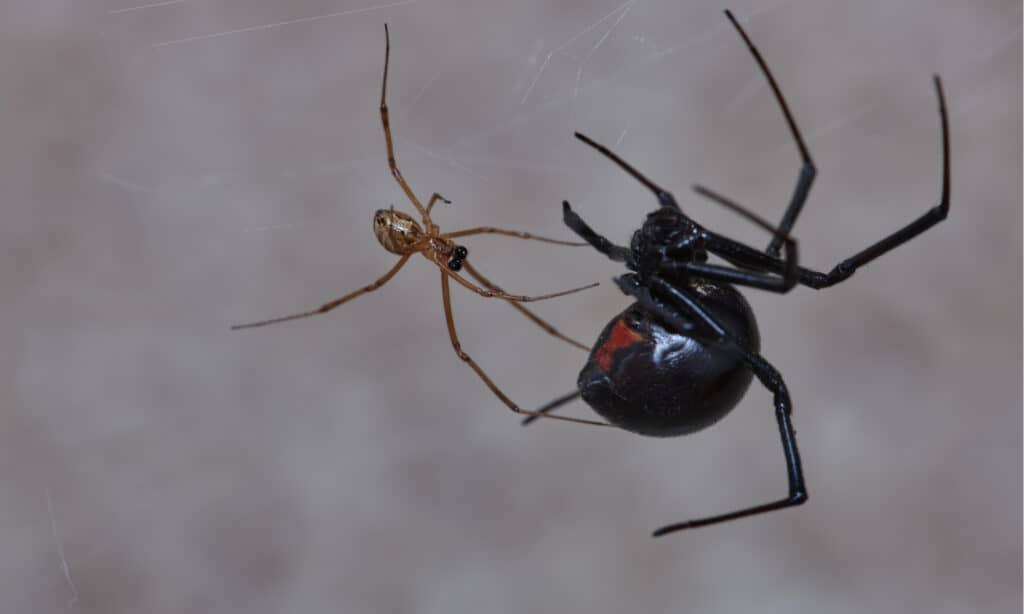
©lighTTrace Studio/Shutterstock.com
Black widows are generally easy to identify by their glossy, black exoskeletons and, in the case of adult females, bright red or orange, hourglass-shaped abdominal markings. In some cases, however, this marking may deviate from its usual shape. Though it will still be red or orange, it may appear as a pair of spots or as a simple rectangle. Regardless of the shape of the marking, these spiders are easy to identify by their shiny, black coloration and exceptionally large abdomens. Male black widows are much smaller than females and barely resemble them at all. They do not feature hourglass markings, do not bite, and seldom appear where humans catch sight of them.
If you come across a female black widow in her web, there is a chance that you may also encounter her eggs. While these spiders are not aggressive, they do tend to be more defensive — and therefore more likely to bite — in the presence of their eggs. But how can you differentiate between an egg sac and a neatly packaged insect meal? Or what if there is no spider in the web to tip you off?
How to Identify Black Widow Spider Eggs
Black widow eggs appear in the mother spider’s web, but not out in the open. The eggs rest safely within an egg sac, protected from the outside world. At a glance, this structure is pretty easy to identify. It is silky, teardrop- or gourd-shaped, and creamy or yellowish in color. It has well-defined edges, as opposed to the fluffier appearance of many other spider egg sacs, and is usually about the same size as the adult female spider. There may be multiple egg sacs present in a single web. The young spiders hatch from their eggs within these shelters and remain there for up to a month. After their first molt, the tiny spiderlings emerge and disperse to begin their lives.
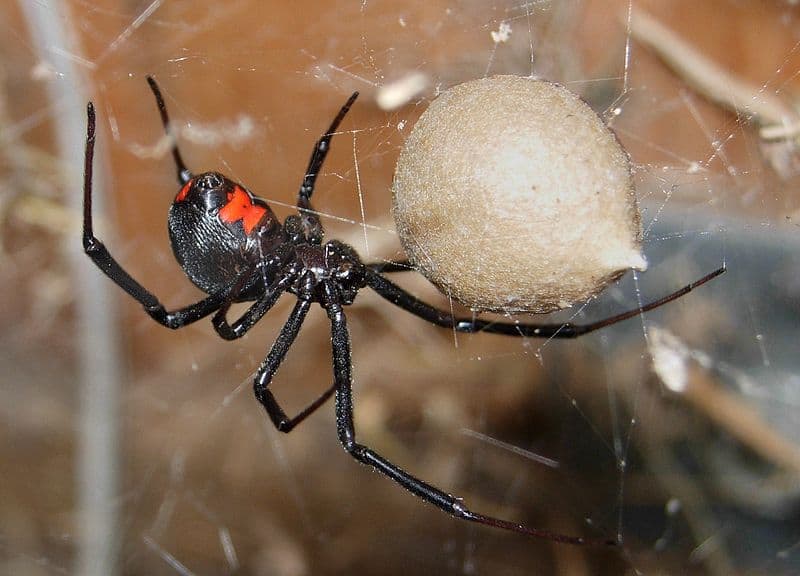
©Chuck Evans(mcevan)”./ CC BY 2.5, via Wikimedia Commons – License
If you find a black widow in her web, then you already know that there may be spider eggs present. If there is no spider, however, take note of the characteristics of any objects in the web. Trapped prey items tend to be irregular in shape or may be incompletely wrapped, while an egg sac will be complete, generally round, and well-defined. If you find black widow spider eggs outside of the home, in a place where they are unlikely to be disturbed, it is best to leave them alone. These spiders are important members of your local ecosystem and deserve respect and a chance to live their lives. Inside of the home, however, or in a place where the resultant spiders may cause harm to you, your pets, or your children, you will likely want to remove them.
How to Safely Remove Black Widow Spider Eggs from the Home
Fortunately, removing black widow spider eggs from your home is pretty easy and there are several ways to go about doing so. Whichever route you choose, it’s never a bad idea to wear long-sleeved clothes and gloves to protect yourself from potential bites. This is an especially good idea in tight spaces.
Though it may be tempting, avoid breaking or crushing the egg sac. Doing so may release hundreds of immature spiderlings into your home or onto your clothes. If you own a vacuum cleaner, probably the easiest way to remove them is to simply vacuum them up. Use a hose attachment to get at the webs from a distance, making sure the remove all egg sacs present. Once you’ve secured the eggs, and maybe even the parent spider, empty them outside away from the home.
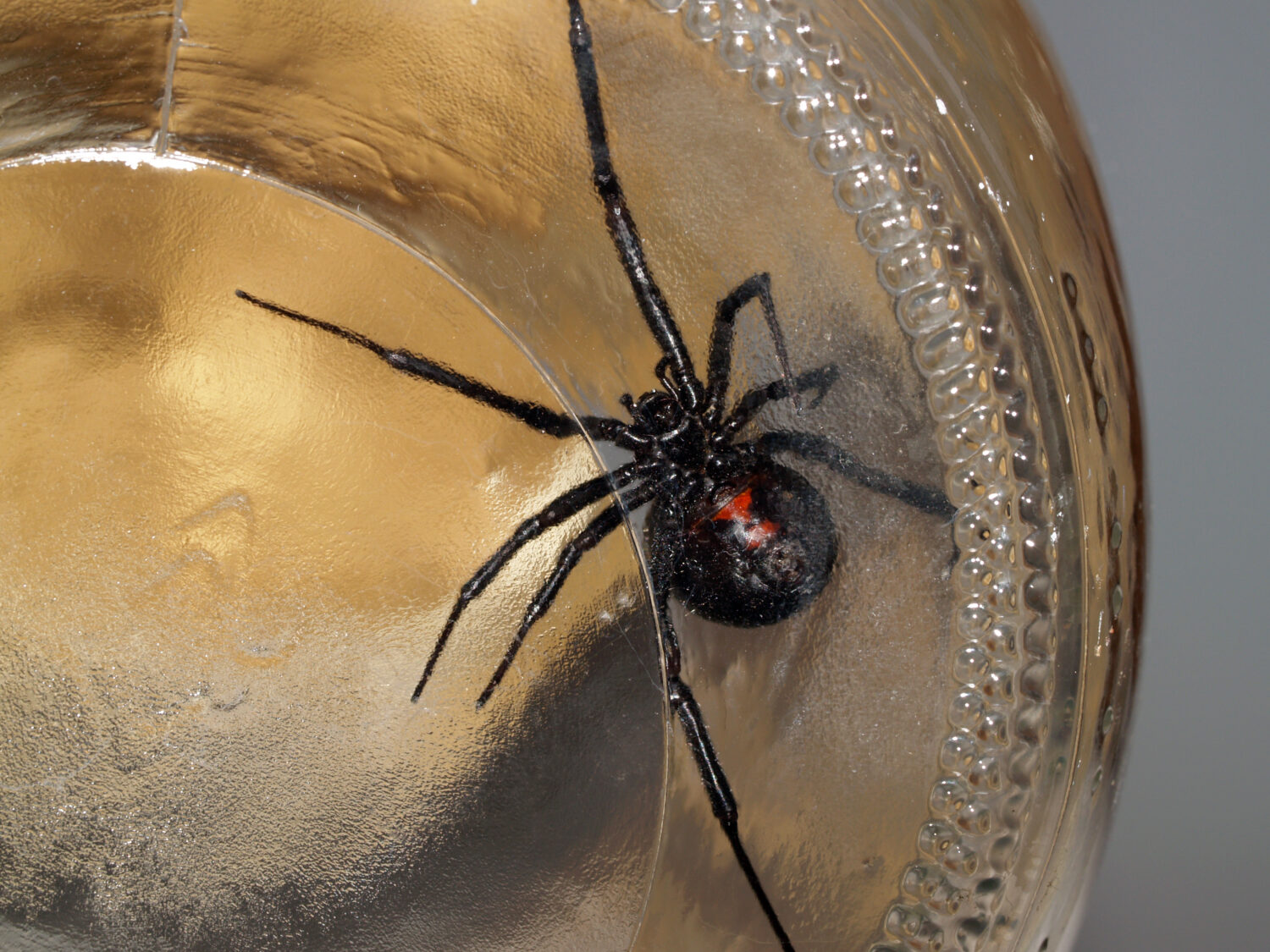
©Jeff Cleveland/Shutterstock.com
Remember that black widows are important members of your local food web! If you or someone you know feels able, a catch-and-release approach is always best. Carefully trap the parent spider and her eggs in a vessel such as a jar or box, and slide a piece of paper or cardboard over the opening. Then, flip the vessel upside down so she cannot escape. Once you’ve secured the spider and her eggs, take them outside, far from your home, and release them. This way, the residents of your home are safe from injury and the spider and her offspring can live out their lives.
If you find an unusually large number of black widows in your home, you may want to contact a professional to help you deal with the problem.
How to Deter Black Widow Spiders
If you’re especially concerned about black widow spiders, there are measures you can take to deter them from setting up shop to begin with. Often, one of the best approaches is simply to clean and interact with the spaces inside your home. Remember, these spiders prefer solitude and safety and avoid interaction with other animals. By engaging with your spaces, you make them unappealing nesting sites for black widows.
Reducing the amount of clutter in closets, crawlspaces, garages, and attics also reduces the number of places a spider and its prey insects can hide. This approach works outdoors as well. By reducing nesting sites within 20 feet of the home, you reduce the chances that a spider will venture indoors. If you have a small storage shed, firewood pile, or stack of building material outside, it’s a good idea to relocate it further from the home.
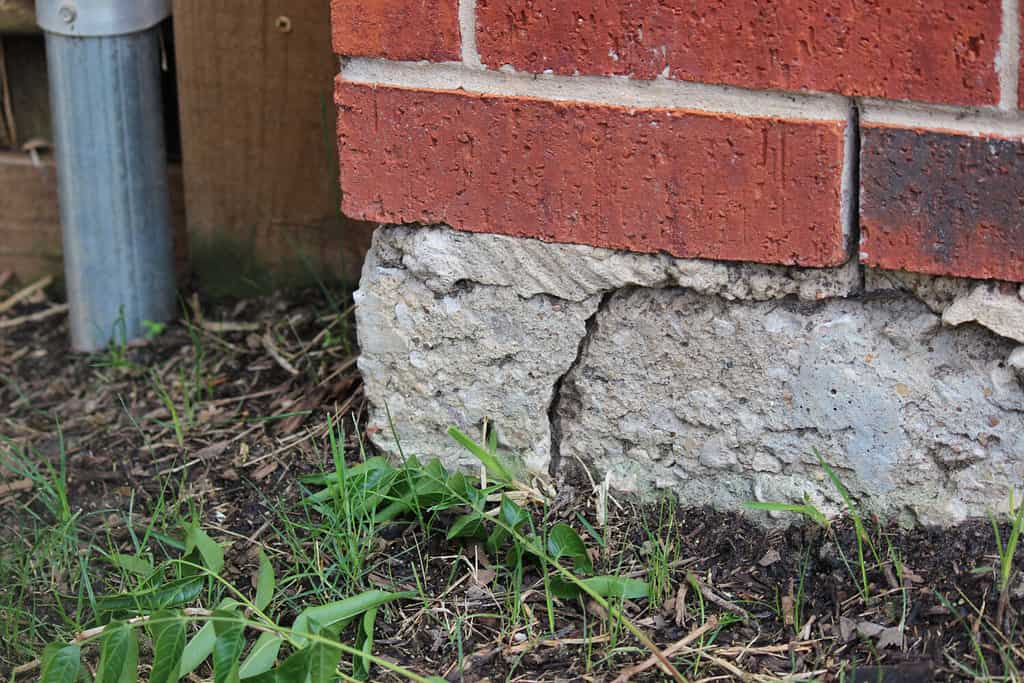
©Jasmine Sahin/Shutterstock.com
Oftentimes, black widow spiders make it inside via cracks and gaps in the foundation, in rafter or joist blocking, or around pipe entries. They may also enter through openings around doors and windows. It’s never a bad idea for you or a professional to check for and seal gaps like these and address any problems associated with them. With a little attention to detail, you can reduce the number of entry points for these spiders and other insects.


